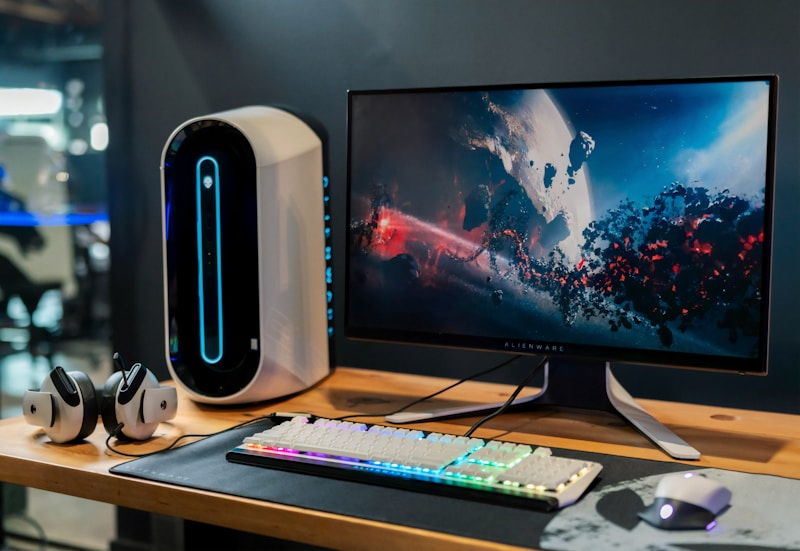Creating Stunning Textured Table Settings: A Comprehensive Guide
Introduction to Textured Table Settings
In the world of interior design and event planning, the concept of textured table settings is gaining immense popularity. Whether you're hosting a dinner party, a wedding, or a casual gathering, the right table settings can elevate the ambiance of your event tremendously. In this article, we will explore various ways to create textured table settings that not only look visually appealing but also add personality and depth to any dining experience.
What are Textured Table Settings?
Textured table settings involve the use of various materials, colors, and patterns to create a three-dimensional look that captivates the eye. This style goes beyond just color coordination; it integrates different textures which can include fabrics, ceramics, glass, wood, and even metals. When these elements are combined thoughtfully, they produce dynamic tablescapes that enhance the overall dining atmosphere.
Importance of Textured Elements in Table Settings
A textured table setting can influence the mood of a gathering by making the surroundings more inviting. Here are some important reasons why texture matters:
- Visual Interest: Different textures create layers and depth, attracting attention and sparking conversation.
- Comfort: Texturals can evoke specific feelings—soft linens might promote a relaxed vibe, while sleek metals can convey modernity.
- Customization: Textured elements allow for personalization in your table settings, showcasing your unique style and creativity.
Elements of Textured Table Settings
Creating textured table settings involves the careful selection of several key elements. Let's explore them in detail:
| Element | Description |
| Tablecloth | Choose fabrics such as linen, cotton, or velvet for a base layer that sets the tone. |
| Tableware | Mix materials like porcelain, clay, and glassware to add varied textures. |
| Decorative Items | Incorporate items like textured candles, patterned napkins, or decorative stones to enhance visual appeal. |
| Centerpieces | Use floral arrangements, fruits, or even books as centerpieces to create height and depth. |
| Candles & Lighting | Soft lighting from candles can create a warm atmosphere that complements the textures. |
How to Create Your Textured Table Settings
Now that we understand the elements involved, let’s look at how you can create your own textured table settings step by step:
1. Plan Your Color Palette
Choosing a color palette is crucial. Popular combinations include earthy tones paired with pops of color or monochromatic schemes with varying shades. Ensure the colors complement the textures you plan to use.
2. Start with a Base
Use a textured tablecloth or runner as your base. This can be a solid color or have a subtle pattern. Consider fabric types that will hold the shape and add visual interest.
3. Layer Your Tableware
Layer different materials for your plates, bowls, and utensils. For example, a rustic wooden charger with sleek, modern plate ware can create contrast and intrigue.
4. Incorporate Accessories
Add in accessories such as napkin rings, unique salt and pepper shakers, or even engraved wooden coasters. These small additions can significantly enhance texture.
5. Select Your Centerpiece Wisely
Your centerpiece should reflect the overall theme. Tall vases with wildflowers can add height, while a textured bowl of fruits can introduce color and shape.
6. Utilize Lighting Strategically
Finally, consider lighting options. Strategically placed candles (perhaps in textured holders) can add warmth and highlight the various textures on the table.

Popular Textured Table Setting Styles
Now that you know how to build your textured table settings, let’s explore some popular styles you might consider:
Bohemian Table Settings
Bohemian settings often feature mismatched textures and bold colors, offering an eclectic feel. Think vibrant tablecloths, handmade pottery, and lush greenery.
Rustic Table Settings
For a rustic charm, use burlap runners, wooden chargers, and mason jars filled with wildflowers. This style embraces natural textures and earth tones to create a warm atmosphere.
Modern Minimalist Table Settings
Modern designs focus on sleek lines and fewer elements. Utilize a monochromatic color palette, glass and metal materials, and minimal accessories to maintain a clean look while still introducing texture.
Glamorous Table Settings
Glamorous settings often feature luxurious fabrics like silk and velvet, along with metallic accents like gold or silver. Crystal glassware can amplify the glam factor while adding sparkle to the table.
Common Questions about Textured Table Settings
What is the best fabric for a textured tablecloth?
The best fabrics include linen for its breathable quality, velvet for luxury, and cotton for a casual feel. Choose one based on the overall theme of your setting.
How do I choose a centerpiece?
Your centerpiece should reflect the mood you want to create. For romantic settings, consider candles or floral arrangements; for casual gatherings, think about fun, creative items like fruits or books.
How can I add texture without making it look cluttered?
The key is to choose textures that complement rather than compete. Use a few statement pieces in various textures rather than trying to incorporate every texture available.
Conclusion and Recommendations
Textured table settings have the power to transform an ordinary meal into an extraordinary experience. The thoughtful selection of elements and styles can result in a heartwarming, inviting atmosphere that resonates with your guests. Remember to experiment with various textures and colors, keeping in mind the coherence of your design. Whether you opt for a bohemian, rustic, modern, or glamorous style, your unique touch will make all the difference. As you plan your next gathering, consider these suggestions and let your creativity shine—your textured table settings will surely leave a lasting impression!